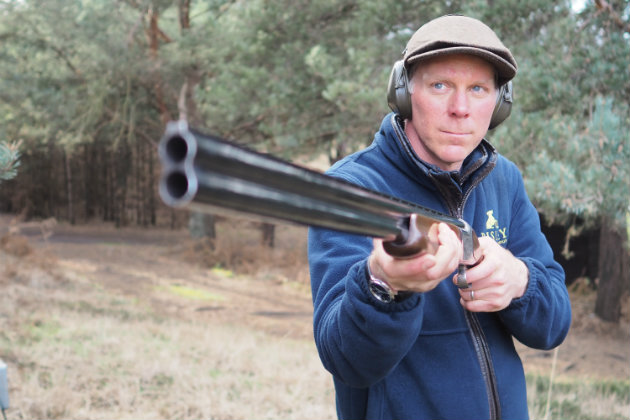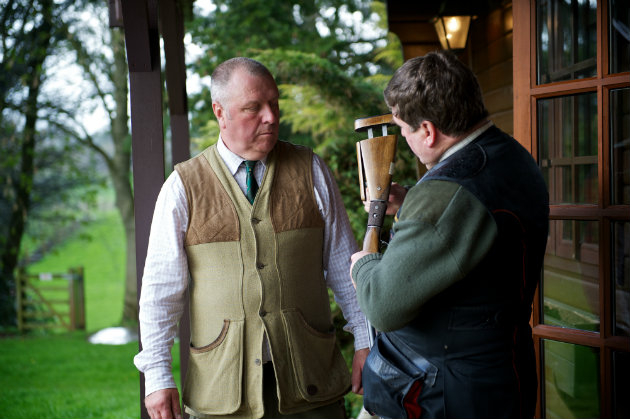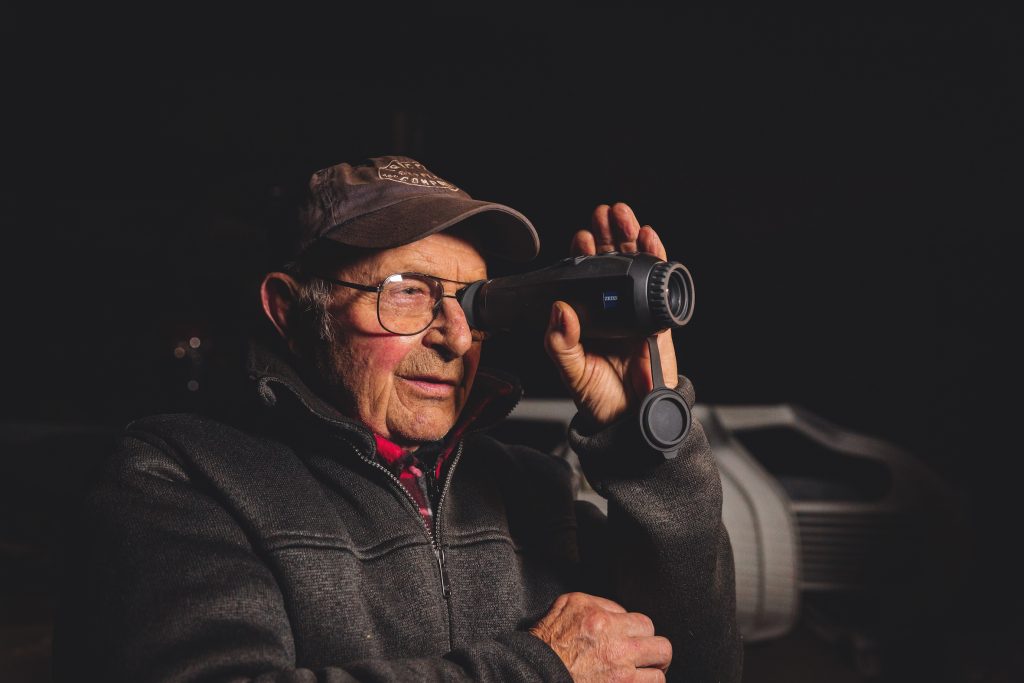Close decoying pigeons often look like the easiest shot, but too many misses can be the start to a memorable…
Win CENS ProFlex DX5 earplugs worth £1,149 – enter here
A lesson on gun fit
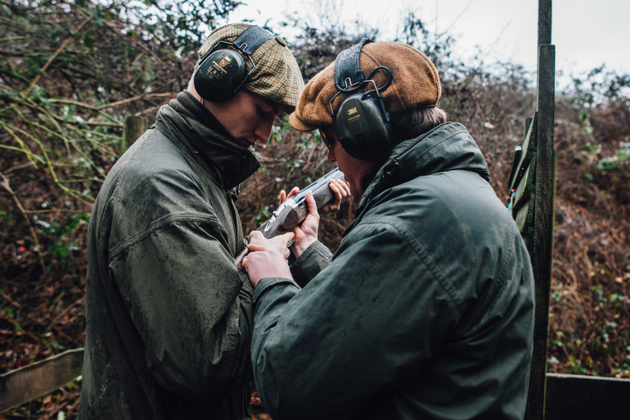
The season was drawing to an end when I received a call from Shooting Times Editor Patrick Galbraith. Patrick mentioned that he wasn’t entirely happy with his shooting over the season; he had been frustrated at his inconsistency on many days. He thought it was time to try to sort it out.
To structure future lessons I needed to know how Patrick was feeling about his shooting, where it would go wrong, the advice he has been given in the past and the type of situation he struggles in or species of game he struggles with.
There are so many aspects to being a competent Shot in the field — it is not as simple as being able to break a few clays.
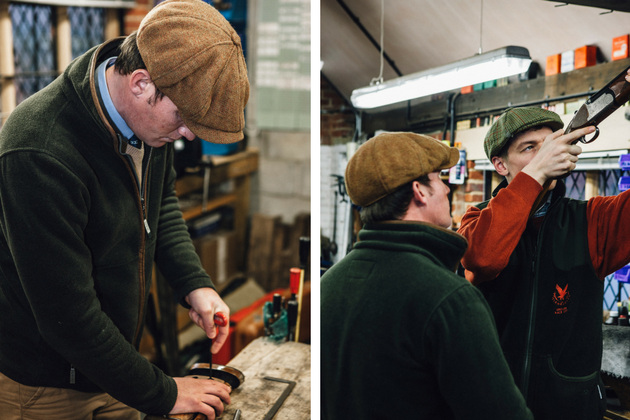
Tom found that Patrick’s gun was slightly short for him but it wasn’t a complete hindrance
Fieldcraft
It may not even be the shooting that is the problem: it could be fieldcraft. You need to be able to read birds on the wing and understand what grouse, pheasants and partridges do and how they can behave in different weather or over different ground.
Eye dominance
Patrick asked if he shoot with one eye closed or both eyes open? He had been told that he should shoot with both eyes open but he has always shot with one closed. This has caused him to try both options on shoot days and this will cause major problems. Ignoring the obvious eye dominance issues, you have to pick one or the other. You can’t keep changing because they are completely different.
Gun fit
Patrick’s first concern was that his gun didn’t fit him correctly and this has played on his mind all season. He has been chopping and changing guns and this doesn’t help when you are trying to find some form.
We headed to the shooting ground to have a look. You can’t tell if someone’s gun fits when they stand and mount the gun. It gives you an idea but you need to see someone actually shoot to get a true impression. You certainly can’t fit a gun without using a tri gun, set up to the correct measurements of the person shooting it.
There are two types of gun fit. One is gun alteration — adjusting the original stock. There are limits that a gunsmith can achieve by moving or adjusting the stock and many different gun makes are easier than others to achieve measurements. The second is a true gun fit; I can give a full range of measurements, including grip and so on, and the stocker or stocking machine can achieve most requests from a stock blank.
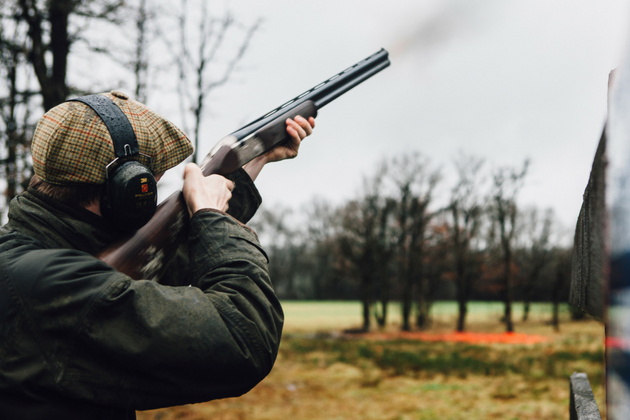
Patrick has plenty of time to put Tom’s suggestions into practice before the start of next season
Shooting
At the ground Patrick started shooting the tower and shot well. His gun wasn’t perfect but it was not a complete hindrance. His Beretta had been adjusted previously and was a tiny bit short for him, and his bend/drop measurement was 1/16th too low. I decided to improve Patrick’s style and technique bit by bit then give him a final gun fit in a few weeks.
For gun fit to be of benefit to the shooter he must be able to mount the gun consistently. Any small changes, such as where you hold your lead hand or what you do with your footwork and stance, can change the fit of a gun.
Patrick has plenty of time to put the work in before the start of next season. Getting better is a slow process achieved bit by bit and ingraining a structure and sound technique that becomes natural. The main thing is that he is keen to really improve.
Gun fit terms you need to know
Do you know this gun fit terminology? Cast Cast off: This is the degree to which the shotgun’s stock is offset…
Related Articles
Get the latest news delivered direct to your door
Subscribe to Shooting Times & Country
Discover the ultimate companion for field sports enthusiasts with Shooting Times & Country Magazine, the UK’s leading weekly publication that has been at the forefront of shooting culture since 1882. Subscribers gain access to expert tips, comprehensive gear reviews, seasonal advice and a vibrant community of like-minded shooters.
Save on shop price when you subscribe with weekly issues featuring in-depth articles on gundog training, exclusive member offers and access to the digital back issue library. A Shooting Times & Country subscription is more than a magazine, don’t just read about the countryside; immerse yourself in its most authoritative and engaging publication.






